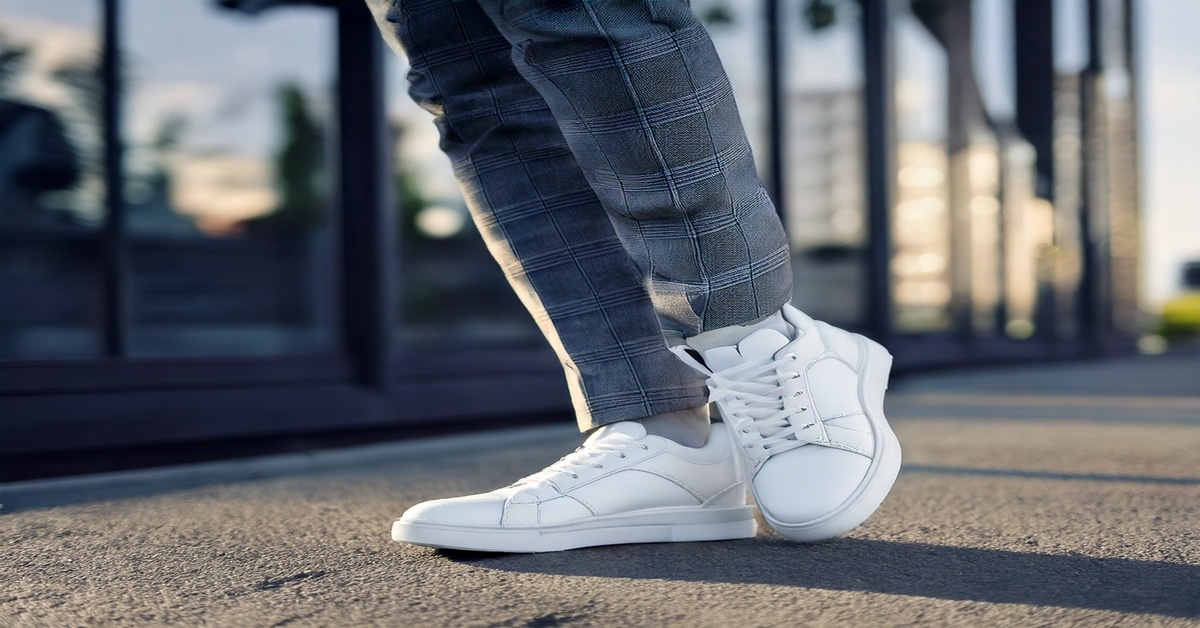Leather has always been synonymous with luxury, durability, and timeless appeal. Among the various types of leather, split leather stands out as a versatile and affordable option. But what exactly is split leather, and how does it differ from full-grain leather?
Split leather refers to the lower layers of the hide that remain after the top-grain or full-grain layer is removed during the leather-splitting process. While full-grain leather retains the natural grain and is known for its durability and premium feel, split leather lacks this top layer. It is often treated to mimic the texture of genuine leather or cowhide leather.
While genuine leather is a more general term that can generally refer to upper and lower leather layers, split leather refers only to the lower ones and is more affordable without losing practicality. In the leather field, split leather distinguishes it from other types, such as suede and nubuck.
What To Expect In This Article?
Benefits of Split Leather: Durability, Affordability, and Versatility
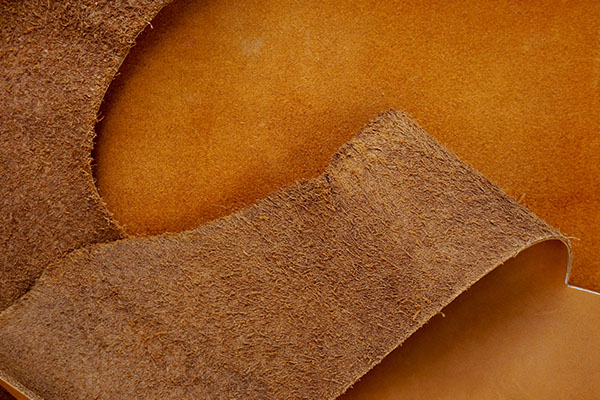
Split leather is relatively inexpensive than full grain leather, which is another plus for people considering its use. Split leather is even more affordable than full-grain leather or calfskin leather, so consumers who wish to get a high material that does not cost a lot of money will have good options.
Durability
Though split leather is not entirely as hard-wearing as top-grain leather, it can still last a long time if it is well taken care of. During leather tanning and leather finishing, these manufacturers add features that make this material rather strong and capable of enduring frequent usage.
Split leather quality is especially significant for such products as men’s and women’s leather jackets, since wearers expect to receive stylish garments.
Versatility
Split leather’s adaptability makes it suitable for a wide range of applications. Its ability to mimic genuine leather or even exotic leather adds to its appeal. Whether it’s dyed for vibrant colors or embossed to resemble suede leather, split leather offers endless design possibilities.
Affordability
Because it’s derived from the lower layers of the hide, split leather is more cost-effective to produce. This affordability translates to lower prices for consumers without compromising on style.
How Split Leather is Made: The Process and Techniques
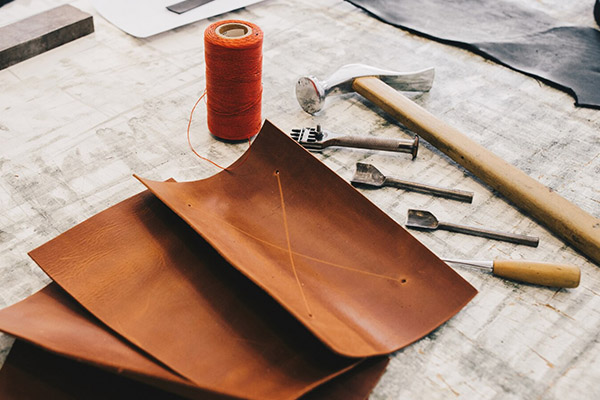
The creation of split leather involves several steps which turn the raw hides into usable material. Knowing the steps involved may help to elucidate its specifics.
1. Splitting the Hide
The hide is first divided into layers during the leather splitting process. The uppermost layer becomes full-grain leather or top-grain leather, while the lower layers are reserved for split leather. This separation ensures that each layer can be optimized for its intended use.
2. Leather Tanning
Split leather goes through leather tanning, a process that helps to fix this material and prevents it from decomposing. This process strengthens it and makes it ready for the next step in manufacturing or production line.
3. Surface Treatments
To enhance the quality of split leather, some surface treatments such as embossing, dyeing, and coating are used. In order to provide split leather with its style and texture, these techniques imitate the grain pattern of cowhide leather, suede leather, or nubuck leather.
4. Leather Finishing
Last, there is the leather finishing step, which is a process where the skin is given a polish or coated to produce a polished grain finish. This process makes certain that split leather is visually appealing and functional for different purposes.
Split Leather vs Top-Grain Leather: Which is Better?
In the case of split leather and top grain leather, the choice really depends on the usage and the price factor involved. Here’s a comparison to help you decide:
| Feature | Split Leather | Top-Grain Leather |
| Durability | Durable but less powerful than top-grain | Highly durable |
| Appearance | Requires treatments to mimic genuine leather | Natural, polished look |
| Cost | More affordable | Higher price point |
| Applications | Ideal for bags, shoes, and furniture | Premium products like jackets and upholstery |
While split leather vs top-grain leather often boils down to cost and durability, split leather shines in its versatility. Split leather is a compelling choice for those seeking an economical alternative to cowhide leather.
Products Made from Split Leather: Bags, Shoes, Jackets, and More
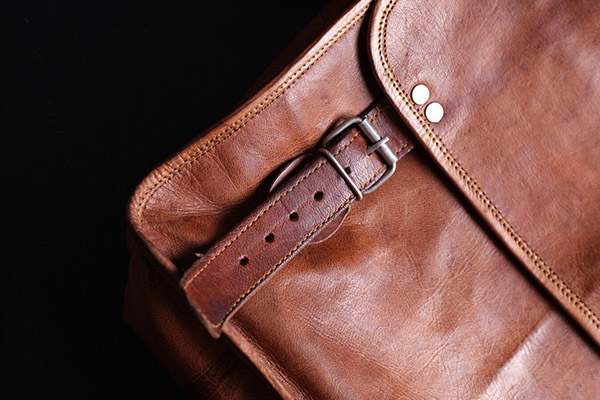
Split leather’s affordability and adaptability make it a popular material for a variety of products. From fashion accessories to home furnishings, its uses are nearly endless.
1. Bags
Split leather is commonly used to make fashionable and long-lasting bags, like other leather bags. It is used as an affordable material that can mimic the appearance of genuine leather or sheepskin leather.
2. Shoes
Split leather’s durability ensures that it holds up well in footwear, particularly in casual and formal shoes. Compared to pu leather, it offers a more authentic leather feel.
3. Jackets
Split leather is the most preferred material for designing men’s leather jackets and women’s leather jackets. It is also unique and fashionable, but, at the same time, it is not expensive and can make it out of the reach of most people.
4. Furniture
Split leather also finds application in furniture manufacturing, and it is viewed as inexpensive compared to genuine leather. Leather finishing takes it further to make it fashionable seating that can be durable for users in various events.
Split Leather vs Genuine Leather: Understanding the Differences
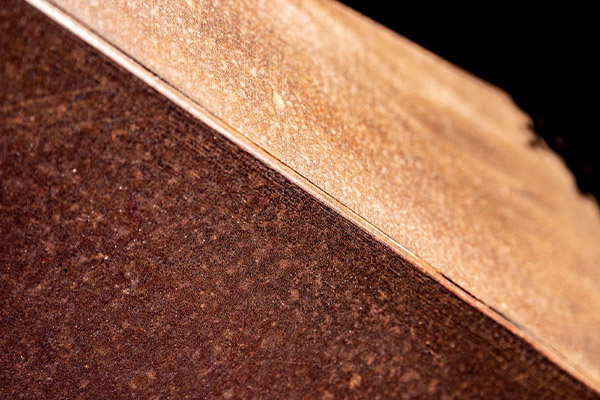
When comparing split leather vs genuine leather, it is usually a comparison of quality and price that is most common. Real leather is a term that can encompass split leather, full grain leather, and top grain leather. However, split leather is a certain type that does not possess the grain of genuine leather used in better quality leathers.
While genuine leather may offer a broader range of characteristics, split leather’s consistent quality and affordability make it a viable alternative for many products.
FAQs
How durable is split leather compared to other types of leather?
Split leather is moderately durable, especially when treated through leather tanning and finishing processes. While it may not match the longevity of full-grain leather, it’s a reliable option for everyday use.
What is the difference between split leather vs PU leather?
Split leather is derived from genuine animal hides, while PU leather is a synthetic alternative. Split leather offers a more authentic texture and durability compared to PU leather, which is often less expensive.
Is split leather suitable for jackets?
Indeed, split leather can be used effectively in jackets. Due to its low cost and versatility, it is suitable for making fashionable and long-lasting men’s leather jackets and women’s leather jackets.
Conclusion
Split leather is more affordable than full grain leather and cowhide leather. It is an exceptional material for use in various products due to various qualities such as softness obtained by leather tanning as well as finishing processes to produce suede leather shoes and exotic leather bags, among others.
Whether you’re exploring the world of leather layering: split vs top-grain, or simply looking for a material that is luxurious and durable but not too expensive, split leather is considered to be the best of the best. Therefore, the next time you are shopping around for some new leather products, try to learn more about split leather and what this raw material can offer you.


